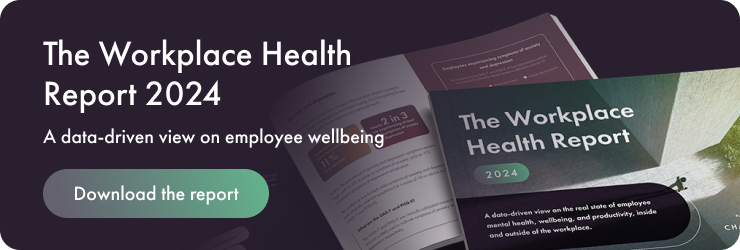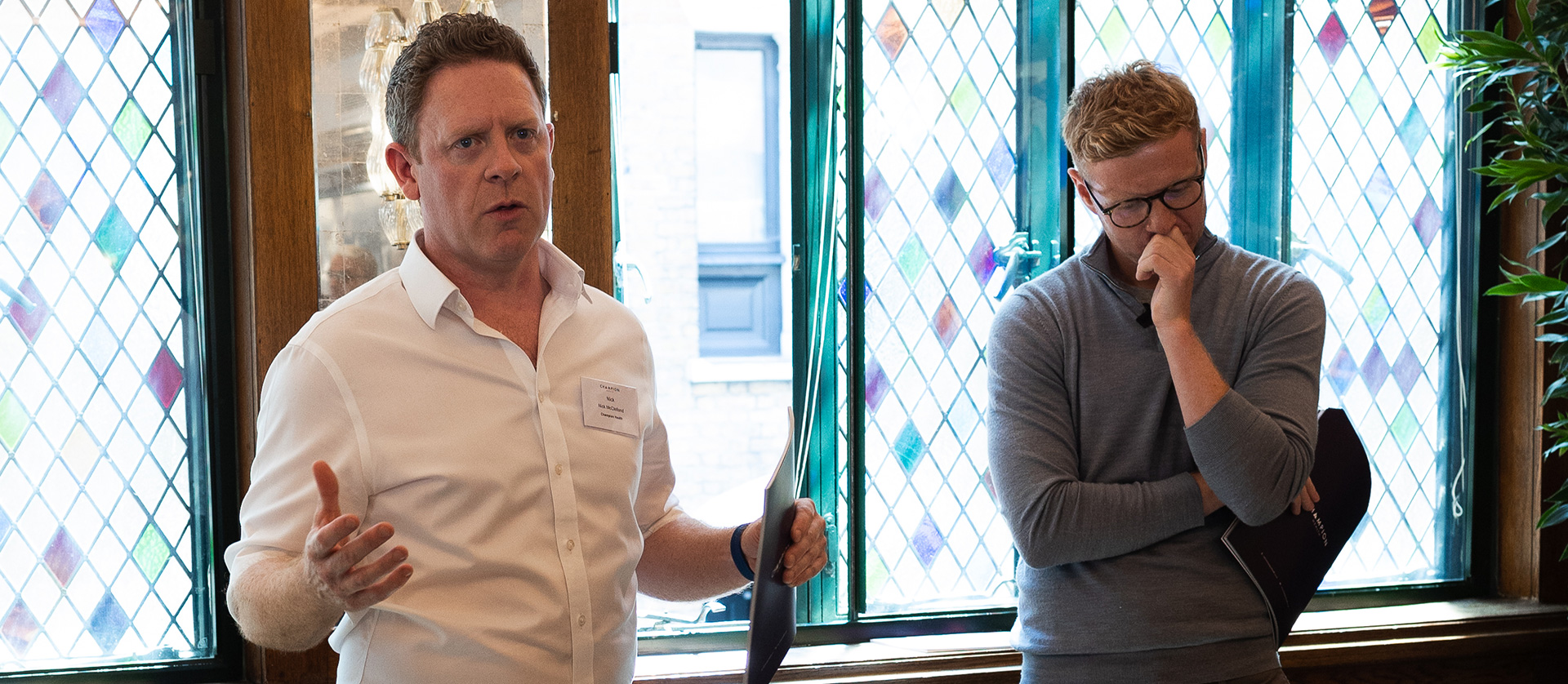So, The New York Times recently published an article on workplace wellbeing – which is quite rare for them. It took a study, widely circulated from Oxford University for them or any of the major outlets to start engaging in employee wellbeing. However, if they had attended just one wellbeing event in the last year, they would have come to the same conclusions.
The information they present isn’t new, but it’s still important to summarise the findings before we get stuck in:
- Workplace wellbeing initiatives have a limited impact
- Organisations should focus on practices such as pay, bonuses and work flexibility
- Some stress interventions have actually had a negative effect
The truth is that a few things can be true at the same time.
I wouldn’t necessarily disagree with the findings from this study, but there is much more nuance in the practical reality of workplace wellbeing.
So, let’s look at this through the lens of responsibility.
The responsibility of employers
It is absolutely your responsibility to drive the right workplace practices. Whether it is DE&I, Pay & Reward, Benefits, Flexibility, Manager Training, or Leadership Behaviours – that job rests on your shoulders, and no one else’s.
Know what you are adopting
It is your responsibility to thoroughly review the wellbeing interventions, supporting systems and benefits before launching them to your employees. You have to know and understand what it is you are trying to get your team onboard with.
Fostering engagement
It is also your responsibility to work with partners to drive engagement through regular communications, especially from management and leaders. Fire-and-forget strategies don’t work with new apps and services. You need to be actively working with providers to drive business-wide adoption and achieve continued engagement.
Bringing wellbeing into the boardroom
It is also your responsibility to measure the health of your employees. You must find a way to make this a boardroom priority. And today this shouldn’t be an impossible task – especially if you are coming at it through an ESG or sustainability angle which is the business of every single person in that boardroom.
The responsibility of wellbeing providers
As a wellbeing provider, it is your responsibility to create a service that is engaging to employees. It is not okay to take a company’s money, sit back, count the profit but let the relationship fall by the wayside due to a lack of engagement. You shouldn’t feel happy with that. It’s your job to continue evolving your product, your service and your offering so that organisations and their people are getting the very best support.
Leave the tech to the experts
Please stop creating technology or apps for the sake of it, or for the revenue ‘diversification’. Partner with, or even acquire great technology, but accept that most of what has been created over the past 10 years is just noise in the market. Trust the specialists to focus on technology.
Human touch is everything
On that note, SaaS (software as a service) doesn’t work in wellbeing. You you need a SwaS (software with a service) model, where humans drive the corporate client through the lens of engagement and data. Leaving a company to it based on an investment model is not acceptable.
Data is all important
If you aren’t measuring results with your clients, and making it easy to report back on engagement and wellbeing outcomes, then what are you doing? If you are mission-led, you should be measuring the health and wellbeing of employees and business health in tandem. This isn’t just for them to see how their investment is performing, but for you to know that what you are doing is working and having a tangible, positive impact on the lives of others. Which should be the reason we are all in the wellbeing space, right?
The simple truth is that workplace wellbeing is an incredibly complex topic, still relatively in its infancy and we must concede it was accelerated too fast (in market maturity terms) by Covid. It also comes with very little funding in terms of genuine health prevention.
It will continue this way unless the industry and employers start taking responsibility for delivering outcomes and really work together to develop solutions and services that have a sustainable impact on the lives of their people. As the study showed, some initiatives can fail or not work for each person, but that is precisely why we have to keep innovating, keep listening and keep collaborating so that, collectively, we can find that sweet spot of employee wellbeing.







